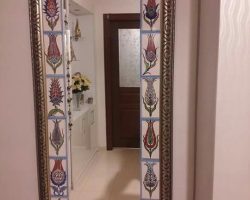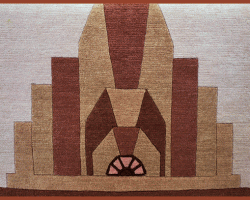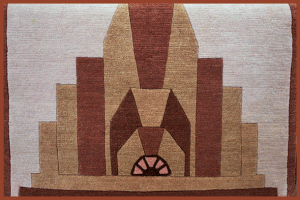
Deco Mirror: Art Deco Mirrors for Interior Design
Interior Design with Art Deco Mirrors
Art Deco mirrors are eminently suited to modern living. In general these designs emphasize strong lines and offer an elegance from a by-gone age. Art Deco, also called “Deco,” refers to a style of art, architecture and design consisting of of sleek, stylized forms and bold geometric designs. The Art Deco Era began in Paris in the 1920s and spread internationally. Mirrors were widely used and became an important component in architecture and interior design. Currently this style is enjoying a huge revival. This page showcases some fine examples of Deco mirrors. There is something here to suit every taste and budget.
Art Deco Style
The Deco Mirror Originally called the “modernistic style” or “Style Moderne,” the Art Deco Era lasted well into the 1930s. The style was decorative, functional and cutting edge. Mass production of mirrors led to a great popularity in their use, both for function and decoration. Along with handheld mirrors and Cheval freestanding full-length dressing mirrors, mirrors were incorporated into furniture and sideboards. They also were used in decorative interiors for public buildings. These Deco mirrors featured geometric shapes and were often beveled and etched. This modern and decorative style experienced a huge resurgence in the late 1960s. Because of its international influence which began with the 1925 Paris Exposition Internationale des Arts Décoratifs et Industriels Modernes, the name “Art Deco” was coined as an abbreviation of this famous exhibition.
Why Use Mirrors for Your Decor?
Mirrors are functional, and they create a feeling of light and space Mirrors are functional in that their intended purpose is to check you and your appearance. However, they should also be considered vital in interior design. In general, mirrors enlarge a room. Well placed, a mirror will make your room look bigger and more spacious. For example, a mirror placed in the hall will enhance the space. In addition, mirrors can be used to direct light into a room or space. Utilize natural or artificial light to create the effect you want. Art Deco mirrors are usually pieces of art in their own right and deserve to be displayed prominently. One is sure to add a touch of glamour to your living space or indeed any room in your home.


